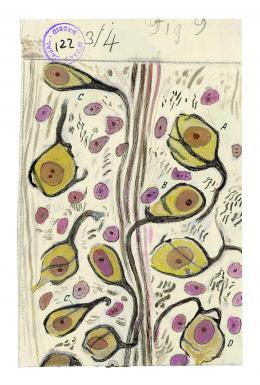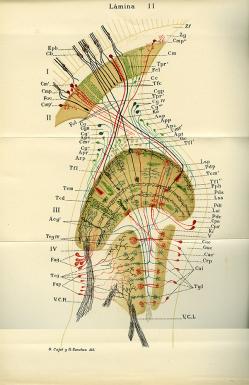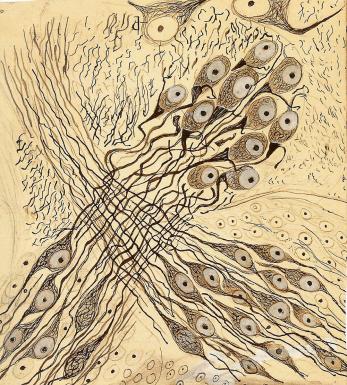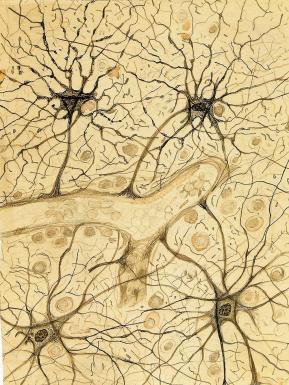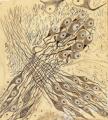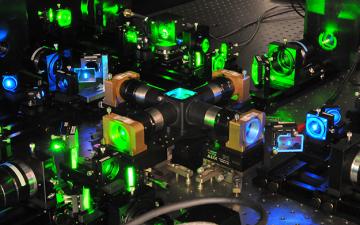Main Menu (Mobile)- Block
- Overview
-
Support Teams
- Overview
- Anatomy and Histology
- Cryo-Electron Microscopy
- Electron Microscopy
- Flow Cytometry
- Gene Targeting and Transgenics
- High Performance Computing
- Immortalized Cell Line Culture
- Integrative Imaging
- Invertebrate Shared Resource
- Janelia Experimental Technology
- Mass Spectrometry
- Media Prep
- Molecular Genomics
- Primary & iPS Cell Culture
- Project Pipeline Support
- Project Technical Resources
- Quantitative Genomics
- Scientific Computing
- Viral Tools
- Vivarium
- Open Science
- You + Janelia
- About Us
Main Menu - Block
- Overview
- Anatomy and Histology
- Cryo-Electron Microscopy
- Electron Microscopy
- Flow Cytometry
- Gene Targeting and Transgenics
- High Performance Computing
- Immortalized Cell Line Culture
- Integrative Imaging
- Invertebrate Shared Resource
- Janelia Experimental Technology
- Mass Spectrometry
- Media Prep
- Molecular Genomics
- Primary & iPS Cell Culture
- Project Pipeline Support
- Project Technical Resources
- Quantitative Genomics
- Scientific Computing
- Viral Tools
- Vivarium
The Janelia Archives
Artifact Name: Santiago Ramón y Cajal Drawings Building / Architecture
Building / Architecture
Among the myriad eye-catching paintings and prints that adorn the walls of Janelia’s landscape building is a simple collection of line drawings in black ink on brown paper. Created by Spanish neuroscientist Santiago Ramón y Cajal (1852–1934), these hand-drawn renditions of neural networks hold a special significance for scientists.
Cajal, who is sometimes referred to as the father of modern neuroscience, is revered for his early exploration of the nervous system. Although his observations were made more than 100 years ago, they still serve as fundamental references for neuroscientists today. Among his many accomplishments — which include a Nobel Prize (1906) — Cajal’s use of the Golgi method to silver-stain individual cells allowed him to discover and categorize various cell types throughout the nervous system. As part of that work, he produced numerous detailed drawings of both the hippocampus and cerebral cortex, among many other brain structures, helping to describe and understand these complex neural structures. His detailed observations led him to formulate the “Neuron Doctrine,” which remains an influential idea to this day.
The Cajal drawings at Janelia are part of a larger collection of reproductions from a traveling exhibit called “Paisajes Neuronales,” or “Neural Landscapes,” given to Janelia in 2008 by Javier DeFelipe of the Cajal Institute in Spain. The collection highlights the relationship between science and art through drawings from early neuroscientists as well as contemporary micrographs of the brain.
This sketch, done by Cajal, is a colorful rendition of Golgi stained brain tissue.
In this sketch, Cajal depicts the neural networks found in Golgi stained brain tissue.
This diagram, done by Cajal, shows the retina and optical centers in the eye of a blue bottle fly.
In this sketch, Cajal describes the medulla oblongata of a trout.
This illustration by Cajal shows astrocytes in the white matter of the human cerebral cortex.


